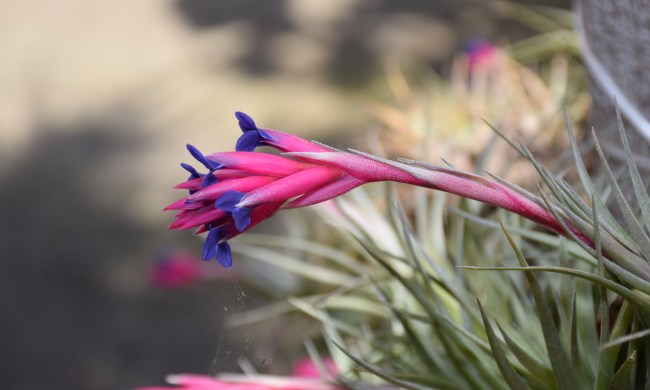If you’re a novice orchid collector, you might have heard a thing or two about how difficult it is to get orchids to rebloom. While it might be tricky to get these delicate, showy plants to flower once more, it’s not impossible. Wondering how to make an orchid grow a new spike? It can be quite simple.
You can get your orchid to push out new spikes if you consistently give it the conditions that it needs to flower. In this handy how-to guide, we'll break down everything that you need to know about growing orchids and getting them to form new spikes for more of those big, gorgeous blooms.
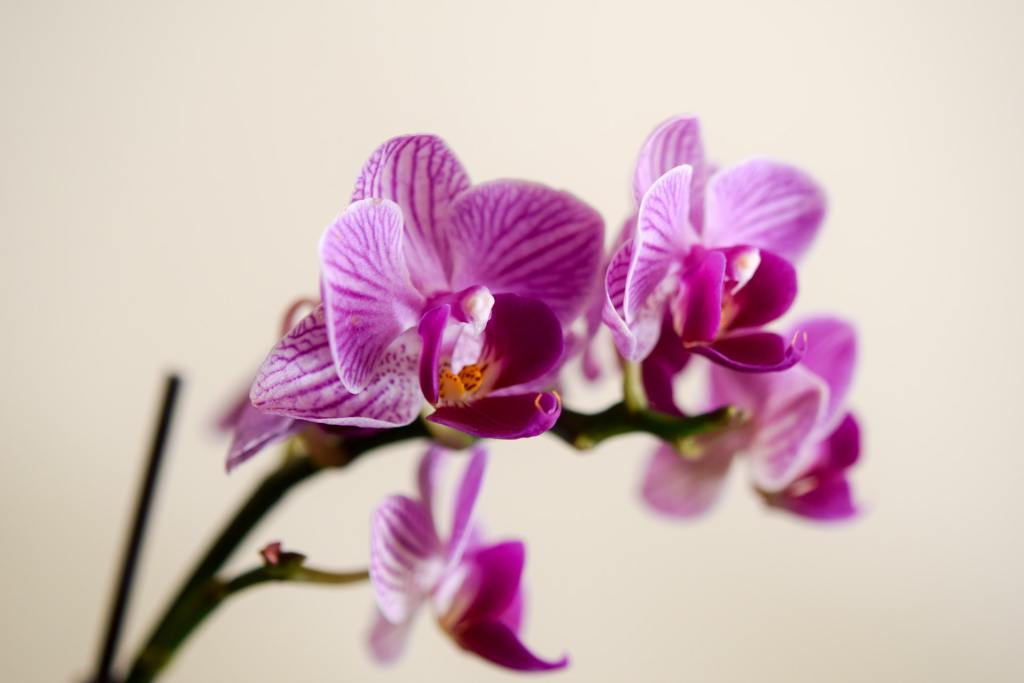
How to tell when an orchid is growing a new stem
So, first of all, what exactly are spikes? Spikes are the part of the orchid where the flowers and buds grow. Sometimes, spikes can be confused for aerial roots. Orchid roots (which need little soil) tend to be rounder at the tip and less green. In contrast, spikes feature pointy, thin shapes with mitten-shaped tips, eventually growing anywhere between 4 to 6 inches tall.

How long does it take a new orchid spike to grow?
If you notice a spike forming, be patient; this fixture on your orchid can take around three months to grow. For healthy spikes, you’ll want to have a healthy orchid in the first place. Generally speaking, the younger your plant, the less likely it will put out multiple spikes.
Due to different genetics, some orchids may be predisposed to growing multiple spikes, while others will only push out one set of blooms per growing season. Spikes usually wither away with spent flowers, but that may not always be the case.
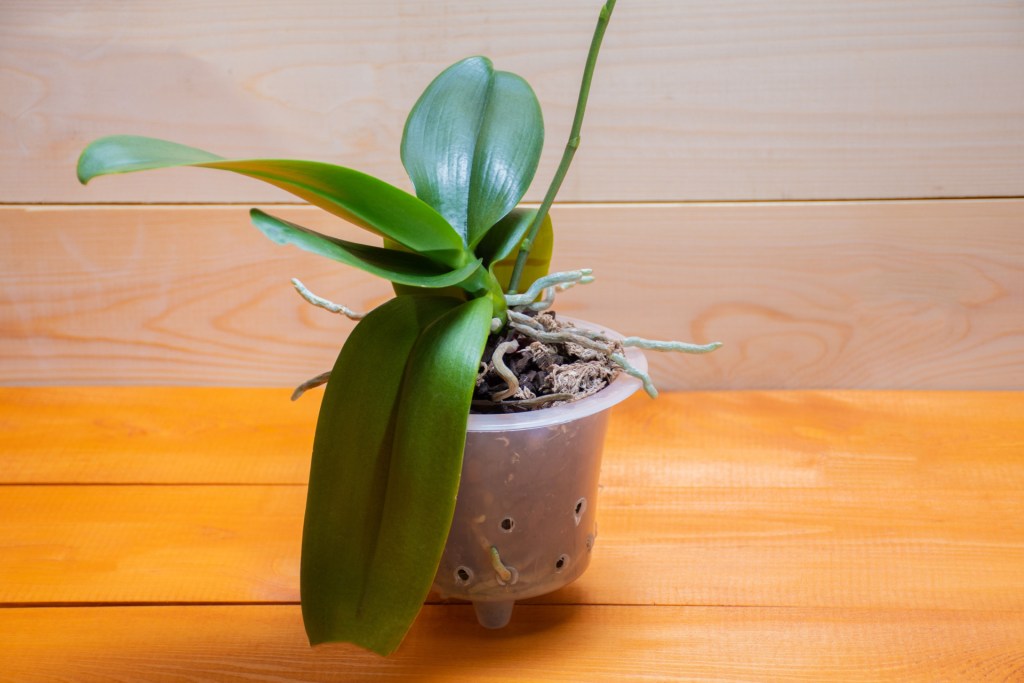
How often do orchids bloom?
Orchids generally bloom once a year around late winter or early spring, but it's not altogether impossible to get your orchid to bloom multiple times a year. Recent hybrids can even bloom twice a year — if you're lucky, you might even get three sets of blooms in a 12-month span.
After flowering, orchids tend to stay dormant for six to nine months before they start developing new spikes that have anywhere from five to 10 blooms. If you don't notice blooms for a while, just know that dormancy is perfectly normal.
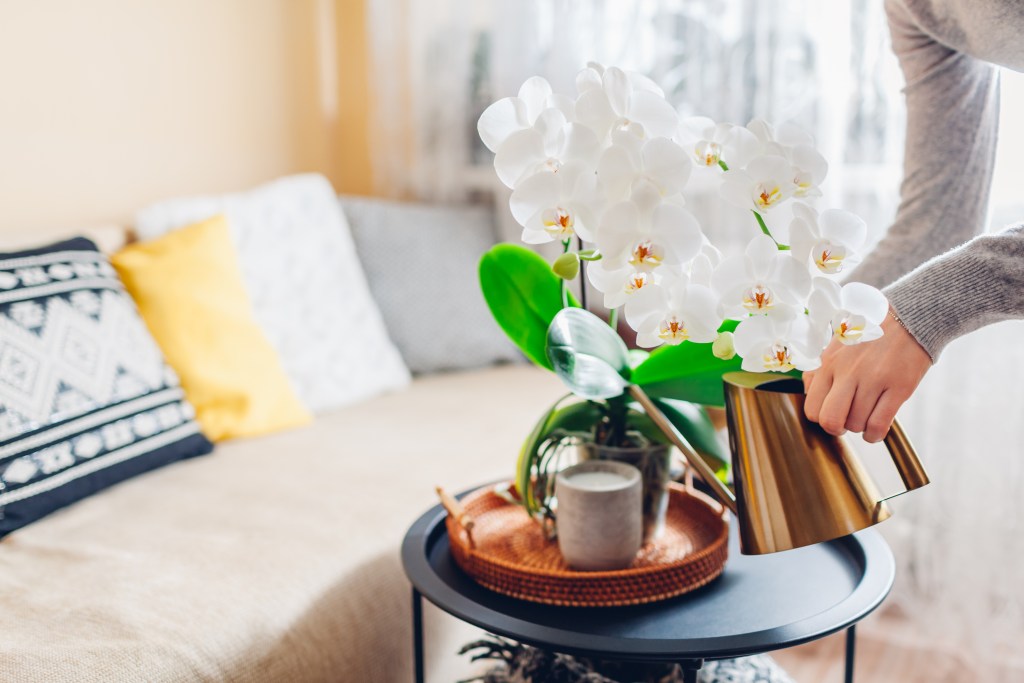
How to make an orchid grow a new spike
While you can't actually make your orchid grow a new spike, here are a few ideas to help encourage it to spike.
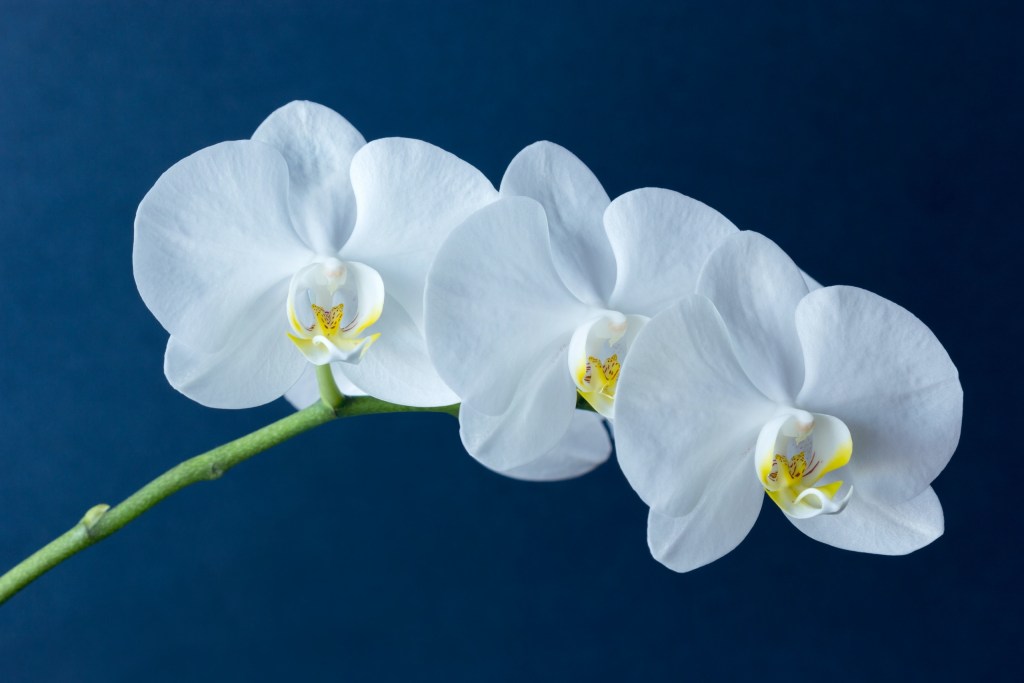
Tip #1 - Keep your orchid cool, but not too cool
Orchid spikes usually grow when days are short and the temperatures drop during the autumn and winter. The sweet spot for inducing blooms in orchids is generally around 55 to 65 degrees Fahrenheit.
If you keep your orchid indoors, it might not experience cold enough temperatures to develop flowers. There are a few things that you can do to give your plant the cool temperatures it needs to grow new spikes.
Step 1: If you take your orchid outside to get some chilly air, just remember to bring it in when temperatures drop below 50 degrees Fahrenheit.
Step 2: If you keep the plant indoors, place it in a cool area of your home — close to a cold window is ideal.
Step 3: Turning on the air conditioning may help, but keep an eye out for drafts that could damage your orchid.

Tip #2 - Find a bright spot for your orchid
Light is essential for orchid growth. But how do you find the just-right spot? While beneath direct sunlight isn't ideal, your plant needs a fair amount of light to undergo photosynthesis and create new structures. If your plant is getting the right amount of light, the leaves should look bright green and feel succulent to the touch.
Step 1: Look for an east- or south-facing window in your home.
Step 2: Place your orchid as close to the window as possible, keeping in mind any potential drafts and extreme temperatures.
Step 3: If your window is especially bright, consider adding sheer curtains or some kind of window tint to avoid burning your orchid.
Step 4: Consider full-spectrum LED grow lights if your home doesn't offer enough light for your plant. You'll want to leave the lights on for about 12 hours a day.

Tip #3 - Cut orchid spikes once blooms are spent
After your orchid has bloomed, you can cut off the flower spike to redirect your plant’s energy towards healthy growth.
Though it’s worth a shot trying out this technique, note that not every orchid collector believes that this method works. Some believe that keeping old spikes leaves the orchid with the potential for more blooms. (This is especially true if your orchid grows another spike in addition to its original one.) This camp of growers is more focused on maximizing factors such as light, temperature, and fertilizing.
Step 1: If you’re working with a healthy stalk, use sterilized scissors or pruning shears to cut directly beneath the lowest flower and above the next node.
Step 2: If the spike is withered or yellowing, cut the spike from the base of the plant.
Step 3: However you choose to cut your orchid spikes, make sure to use clean and sterile pruning shears to avoid spreading any fungal or bacterial diseases.
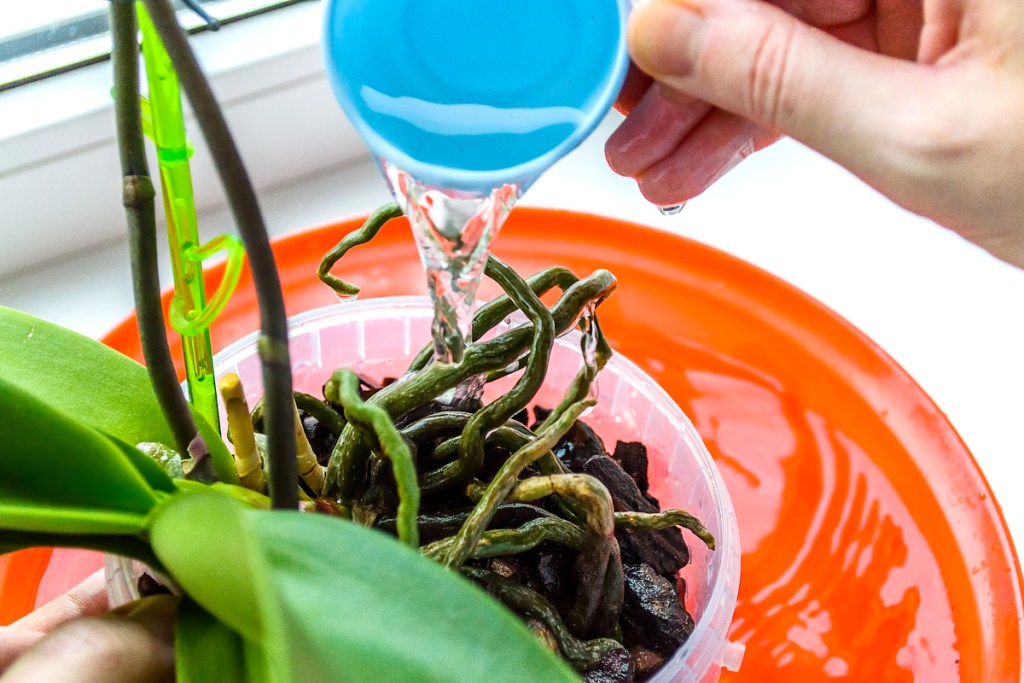
Tip #4 - Fertilize your orchid
Orchids can survive without food, but you may run into deficiencies at some point. Luckily, you won’t need too much fertilizer to keep your plant happy; in fact, over-fertilizing can lead to burnt leaves and roots, so you’ll want to dilute your plant food with water and go for quarter-strength feeding.
Step 1: To encourage orchid spikes, apply a balanced liquid fertilizer during the growing season and a bloom-boosting formula during the fall.
Step 2: If the orchid spikes look leggy, try giving them a phosphorus-rich fertilizer to help your plant form thicker ones.
While orchids can be tricky to figure out, you can get yours to spike and bloom by adjusting some factors. After starting with a healthy plant, try placing your orchid in lower temperatures, improving its light levels, cutting spent spikes, and upping your fertilizer dosage. With patience and persistence, you’ll be on your way to enjoying beautiful orchid blooms once more.




